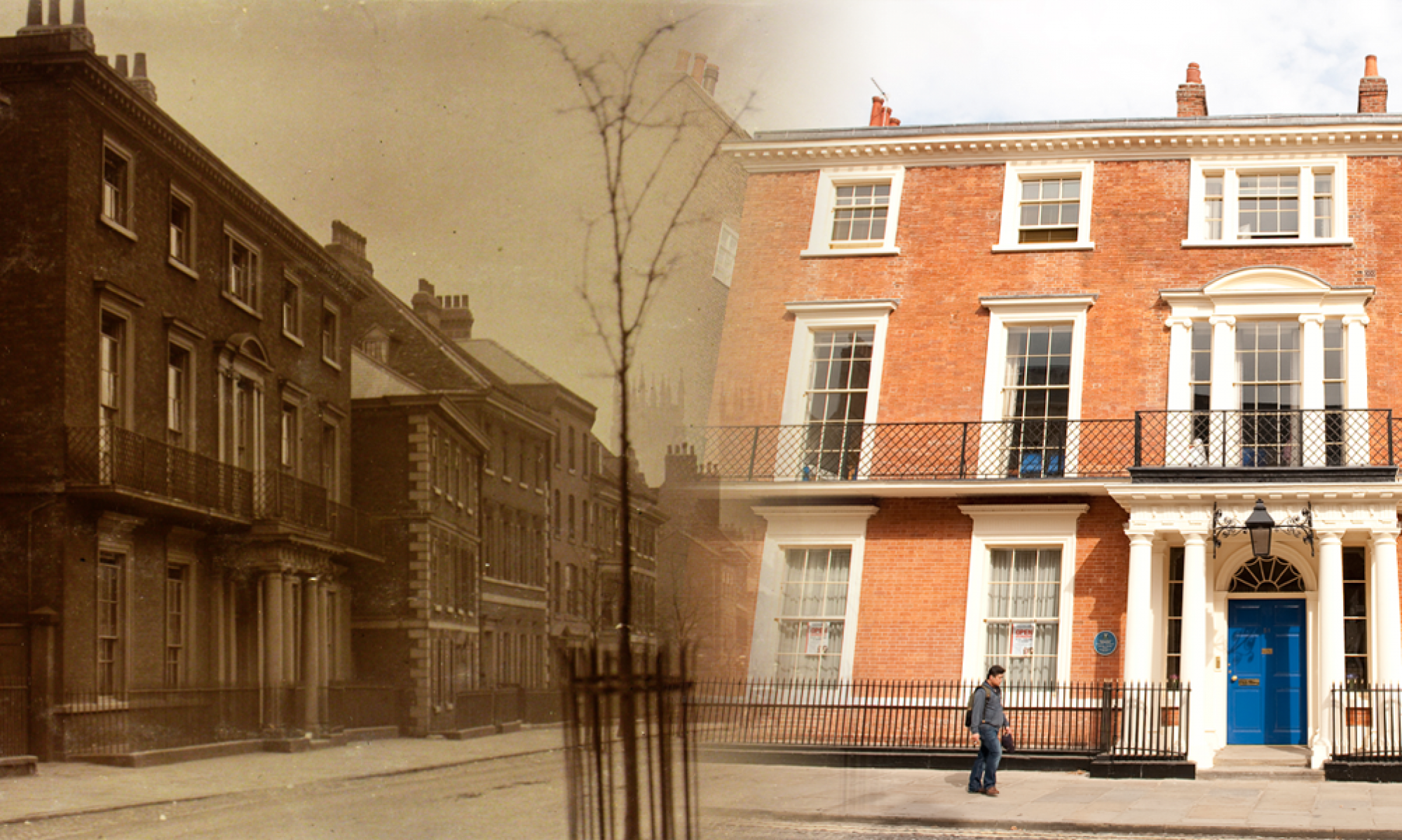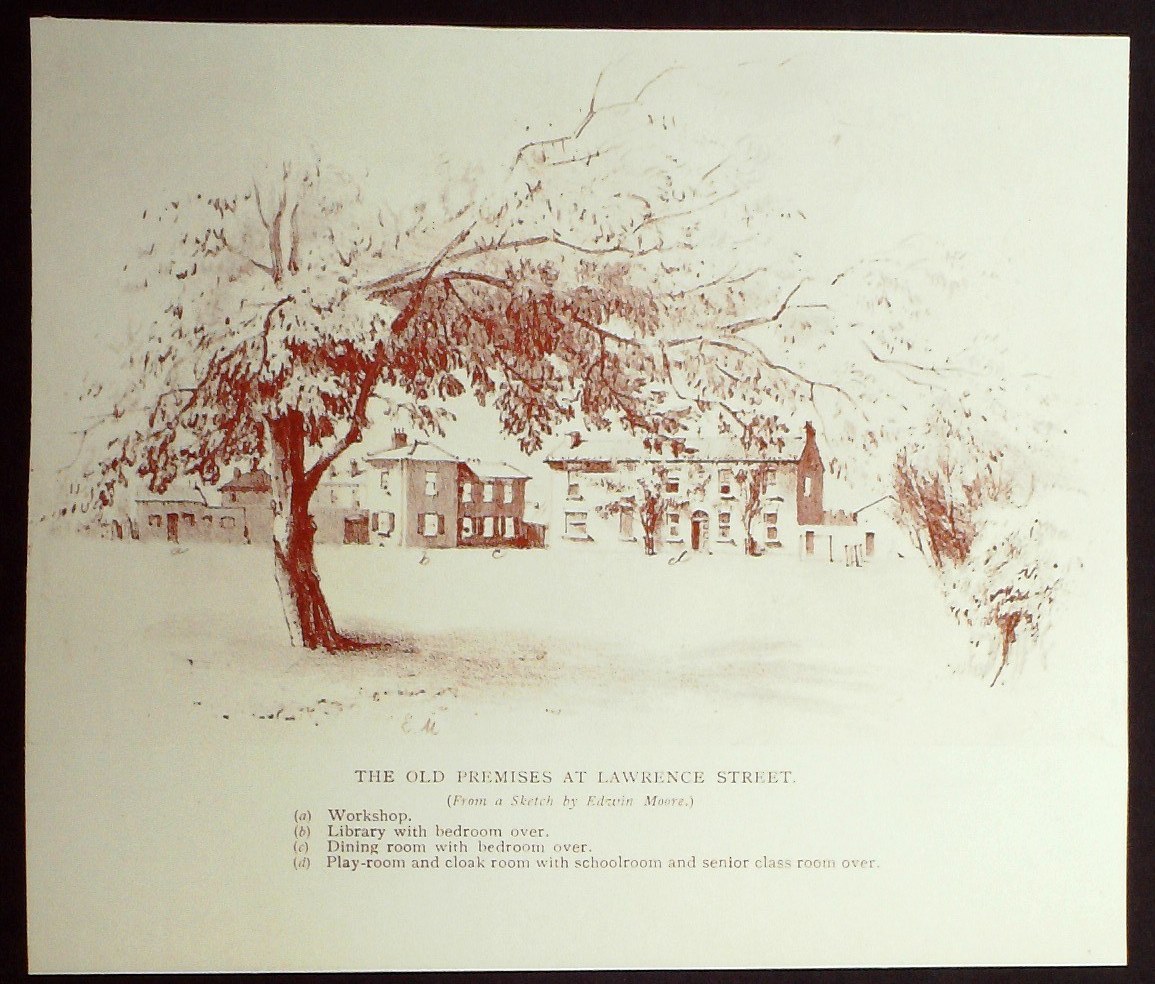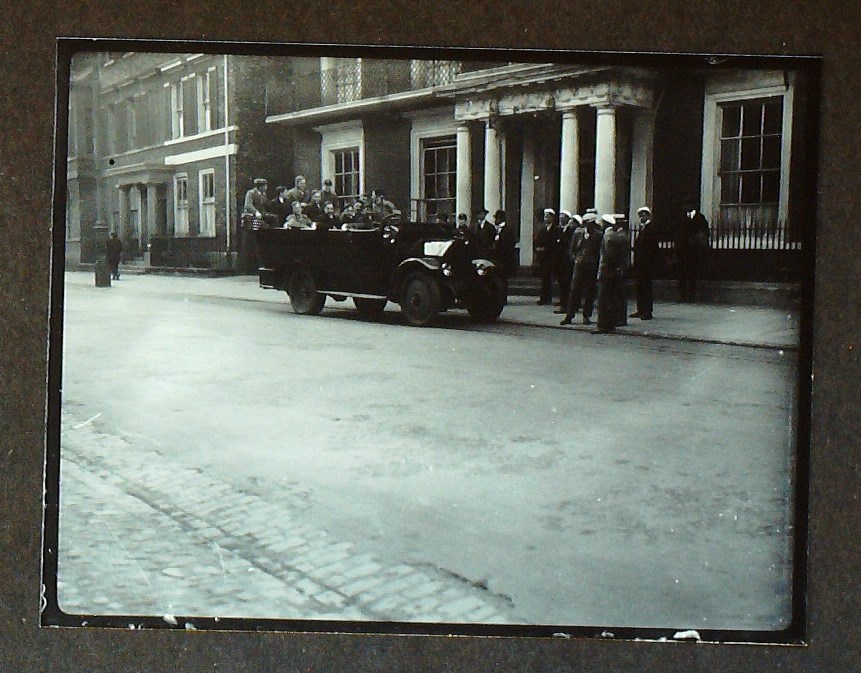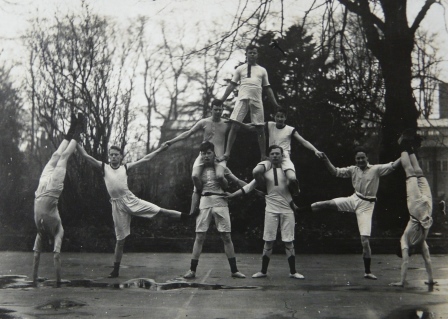In November 1915, several Old Boys were working in the Italian Unit of the Red Cross Ambulance Unit, along with Mr. G. M. Trevelyan, the historian of Garibaldi. An urgent appeal for help reached the headquarters of the unit when a small building used as a cholera hospital in the village of San Florian was bombarded by Austrian guns. Mr. Trevelyan and some men removed the inmates to a place of safety.
The story is reported in the March 1916 issue of “Bootham” magazine, and continues as follows:
“Two days later a similar thing happened. Mr. Trevelyan and six ambulance cars came to the rescue. The rear half of the building was already a mass of ruins, among which lay a dozen dead; the Italian officer in charge of the hospital was killed whilst standing side by side with one of the unit. All surviving patients were successfully carried off in the British cars. Augustine N. Grace (1890-91) and J. H. Gray (1897-1902) were in the rescue party.
In recognition of the gallantry displayed, King Victor Emanuel has decorated Mr. Trevelyan with the silver medal for military valour, “partly for this action, partly as representing his colleagues and collaborators, and in his capacity as Commandant of the First British Ambulance Unit for Italy .” “



